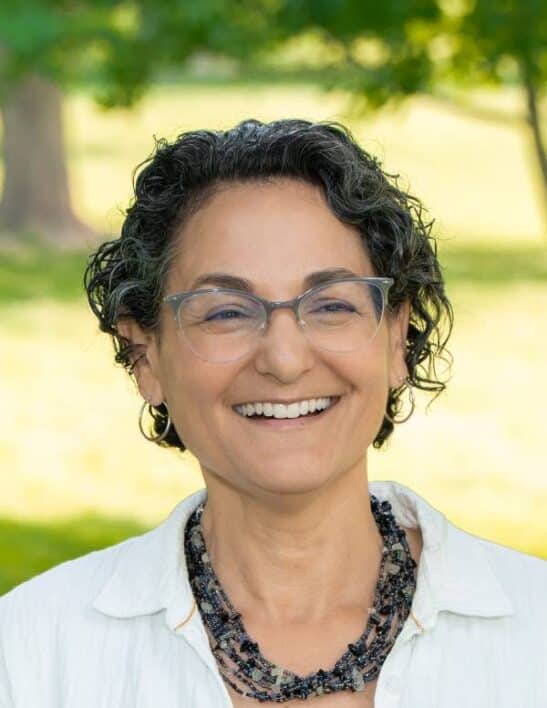It seems that almost overnight, huge numbers of American electricity consumers have become electricity producers, mostly via their rooftop solar systems. Today, these Americans aren’t just pulling electrons from the grid, they are adding to the supply of electricity, this indispensable component of modern life.
Many are probably producing more electricity than they can use at certain times of the day and may be wondering: Can I share some portion of my excess generation, or at least its value, with people who need it, maybe low-income households in my community?
Under a solar sharing arrangement, this is possible. Some utilities already offer a simple donation option for customer assistance programs. Why not a program—perhaps called “Solar Sourced Giving”—where owners of solar photovoltaic (PV) systems can share their excess energy?
Here’s How It Could Work
The utility lets its individual solar PV owners or community solar subscribers know that they can donate all or a portion of their excess generation to qualifying low-income customers to be used for bill payment assistance. The utility then aggregates the monthly kilowatt-hours received from participating customers and converts the total into a dollar value based on the price the customers would have received if they had not given away the energy. Thus, this program would be consistent with whatever regulatory arrangements are in place to compensate the excess generation of solar PV customers.
The solar donation value is then remitted to the local entity that administers funds for the Low-Income Home Energy Assistance Program (LIHEAP). The funds then augment any LIHEAP distributions sent for bill assistance. The funds could also be used for low-income energy efficiency or for community solar.
Local agencies of this type are logical choices to administer the program because they have contact with customers and have already screened them for LIHEAP eligibility. Plus, these agencies are well positioned to determine need and make the tough decisions about who should get the funds and how best to use them.
Meeting a Growing Need
Based on the US Census Bureau’s 2015 estimates, the official poverty rate is 13.5 percent. While that’s not an historic high, it’s remarkable that more than one in ten Americans lives in poverty. Worse yet, on average, low-income households pay 7.2 percent of their household income on energy—more than three times the amount that higher-income households pay, which averages 2.3 percent.
As regulators grapple with fair compensation to people who are producing solar electricity, low-income customers remain at increased risk from rate increases. Disconnections of utility service disproportionately affect low-income people as well and are a continuing concern.
Solar sourced giving could enable utility customers with rooftop PV systems to help their less fortunate neighbors, spreading even more broadly the benefits of distributed solar generation.

